Crawl, Walk, Run: Adding Email To Your Cross-Channel Strategy
Published on January 27, 2022/Last edited on January 27, 2022/5 min read
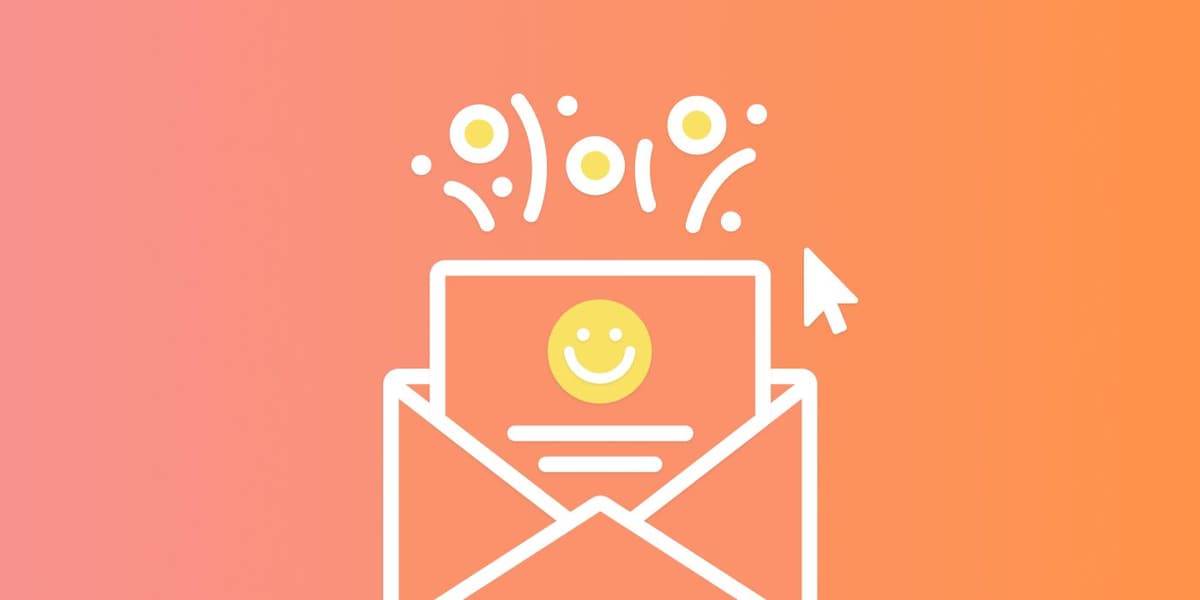

Jennifer Keck
CopywriterIn a customer engagement era increasingly defined by push notifications and in-app messages, it’s important to remember that email marketing remains a powerful and effective way to reach your audience. With an average ROI of $38 per each dollar spent, you won’t want to build a cross-channel campaign without it.
Email has always been a steady, highly effective messaging channel, but the rise of new customer engagement and campaign orchestration functionality over the past decade has made it possible to use this tool in smarter, more targeted ways—and reap the benefits of smart user outreach.The days of “batch-and-blast” messages are over, and email has become data-driven, dynamic, and personalized. If your emails don’t check all three boxes, it’s time to re-think what you’re sending. But don’t worry. It’s easier to update your strategy than you think.
By taking a crawl, walk, run approach, you’ll learn how to send relevant, personalized emails that seamlessly integrate with the rest of your cross-channel strategy. Here’s how to do it in three simple stages.
Stage One: The Road to Email Marketing
Email marketing requires a robust relationship between three parties: A brand, a recipient, and an internet service provider (ISP). Fortunately, all three have similar desires. Brands want recipients to open emails, recipients want relevant content, and ISPs want both. To succeed, embrace a thoughtful approach to email marketing.
First, you need a vetted email list that is made up of recipients who want to receive your messages. If you don’t have a list yet (or want to grow yours), there are several ways to do it. A landing page with a call to action, a pop-up survey, or an app registration are just a few. Once someone shares their email, use a double opt-in approach to confirm that they intended to subscribe and are genuinely open to receiving messages from you.
Stage Two: Driving Engagement with Dynamic Audience Segmentation
It won’t matter how large your email list is if no one engages with your messaging. Not only will your emails remain unopened, but you may also come under fire from your ISP for sending spam—potentially damaging your ability to have emails delivered to the inboxes of the engaged recipients you do have. The key to keeping your overall audience engaged? Sending them relevant, timely messages. And here’s where dynamic audience segmentation comes in.
Grouping your audience into segments based on preferences, interests, and behaviors allows you to send your audience the kinds of highly relevant, individually customized emails capable of boosting engagement and meeting the expectations of the modern consumer. And with dynamic segmentation, email marketers can use real-time data to continuously update these groups, supporting more targeted, meaningful outreach—for instance, if you have an email you’re sending to a dynamic segment of people who abandoned a digital shopping cart in the past two days, individuals who go back on their own and complete the purchase before the email is sent will automatically be removed from the segment, reducing the risks that anybody receive irrelevant messages.
Once you’ve set your criteria for email segments, it’s time to develop your messaging. Keep it relevant, customer-focused, and write as if you’re addressing someone you know. Remember, you want to build a relationship and let customers know you care about their preferences. And make it easy to unsubscribe by including a link in each email.
Stage Three: Building Nuanced Email Journeys
You’ve built an email list, segmented your audience, and now enjoy the benefits of sending personalized emails at the right time. You can sit back and relax, right? Wrong! It’s possible to take this approach even further—and to provide an exceptional experience for each one of your email recipients.
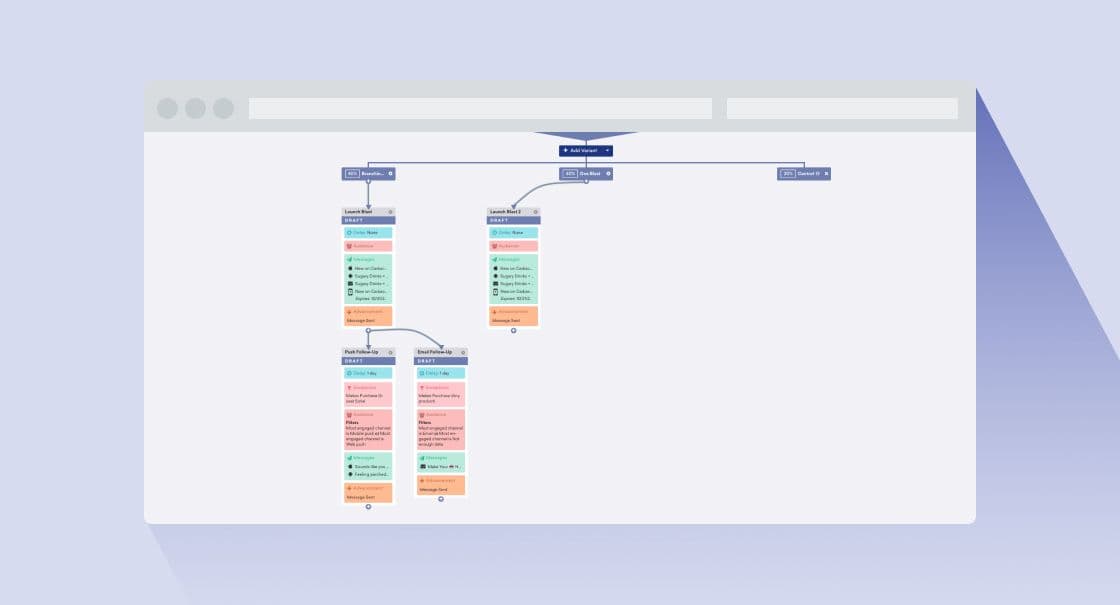
By taking advantage of a customer journey management tool like Braze Canvas, email marketers can build out multi-part messaging flows that support build in testing and optimization. What might that look like? Imaging creating a three-part email campaign aimed at getting recipients to make their first purchase. By building out a well-orchestrated messaging flow, you can adjust which version of each email recipients receive based on their behavior—for instance, if a user clicks on the first email, browses your app’s product pages, bu doesn’t make a purchase, automatically send them a follow-up email highlighting one of the products they viewed in their last session.
With this approach, you can move beyond ad hoc campaigns to seamless, coordinated messaging flows that positively shape each user’s brand experience and support stronger business results going forward.
Final Thoughts
As you can see, real-time data and personalization and campaign orchestration capabilities have revolutionized the way audiences interact with emails. That being said, don’t lose sight of the fact that thoughtful, customer-focused messages remain at the heart of any email campaign. Keeping email subscribers engaged requires a combination of data, strategy, and brand humanity, but it’s well worth it.
For more email marketing strategies, download our Best-In-Class Email Marketing guide.
Related Tags
Be Absolutely Engaging.™
Sign up for regular updates from Braze.
Related Content
View the Blog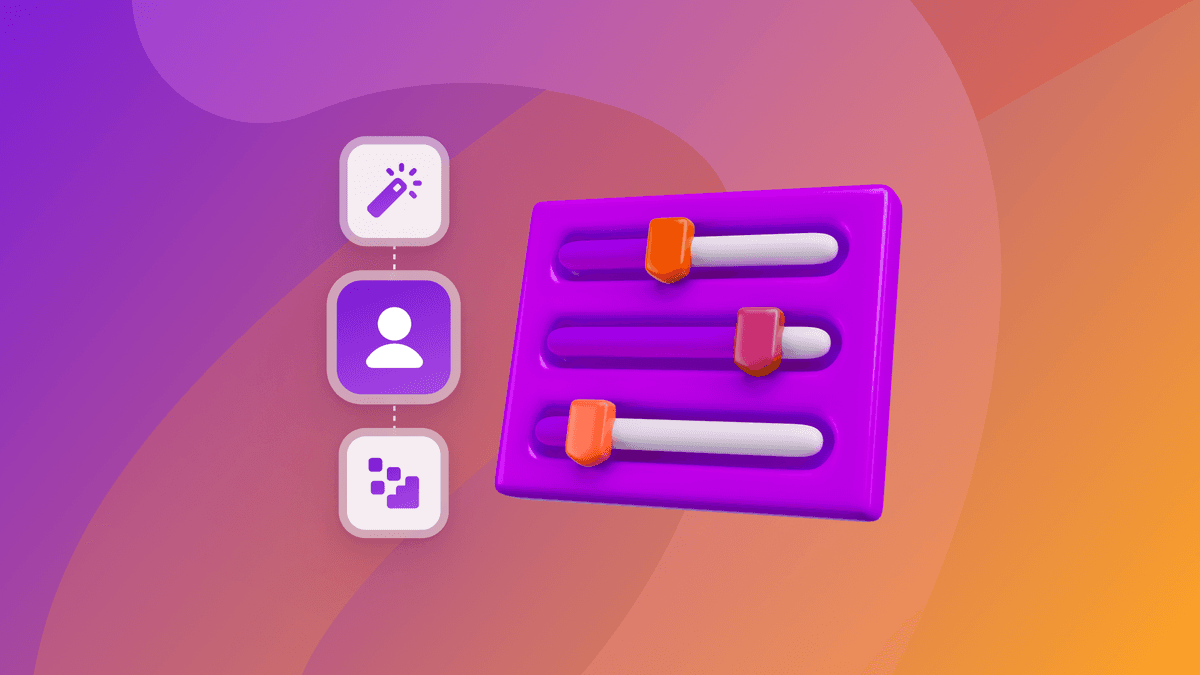
How behavioral marketing turns data into personalized experiences

Team Braze
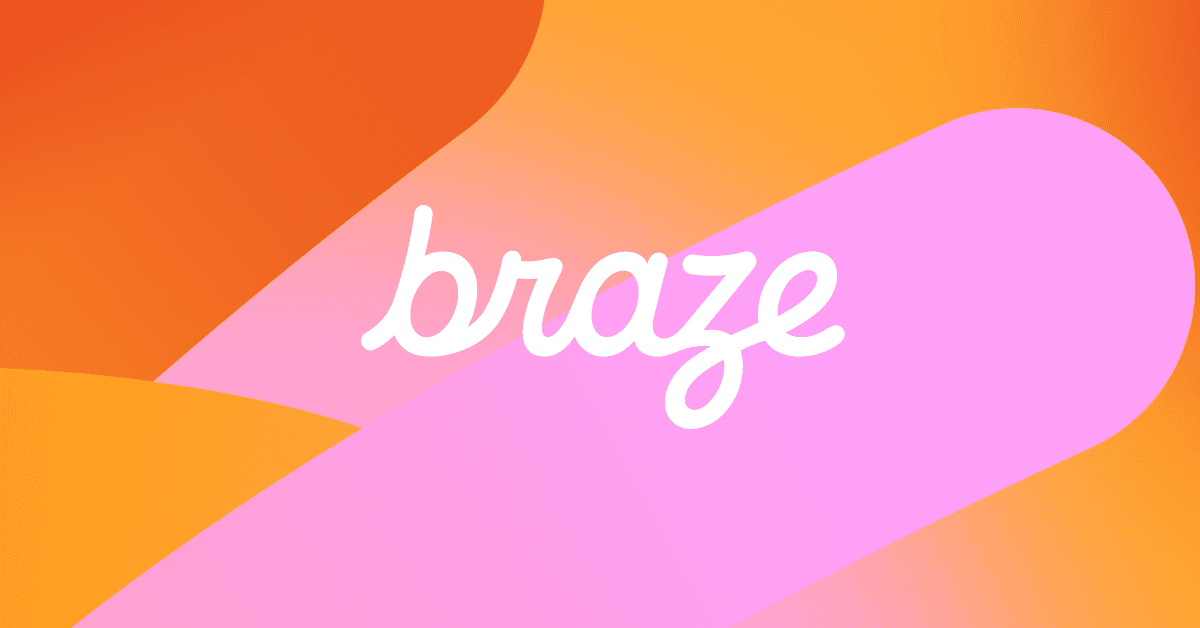
2025 Braze year in review: Major moments, milestones, and evolutions

Team Braze
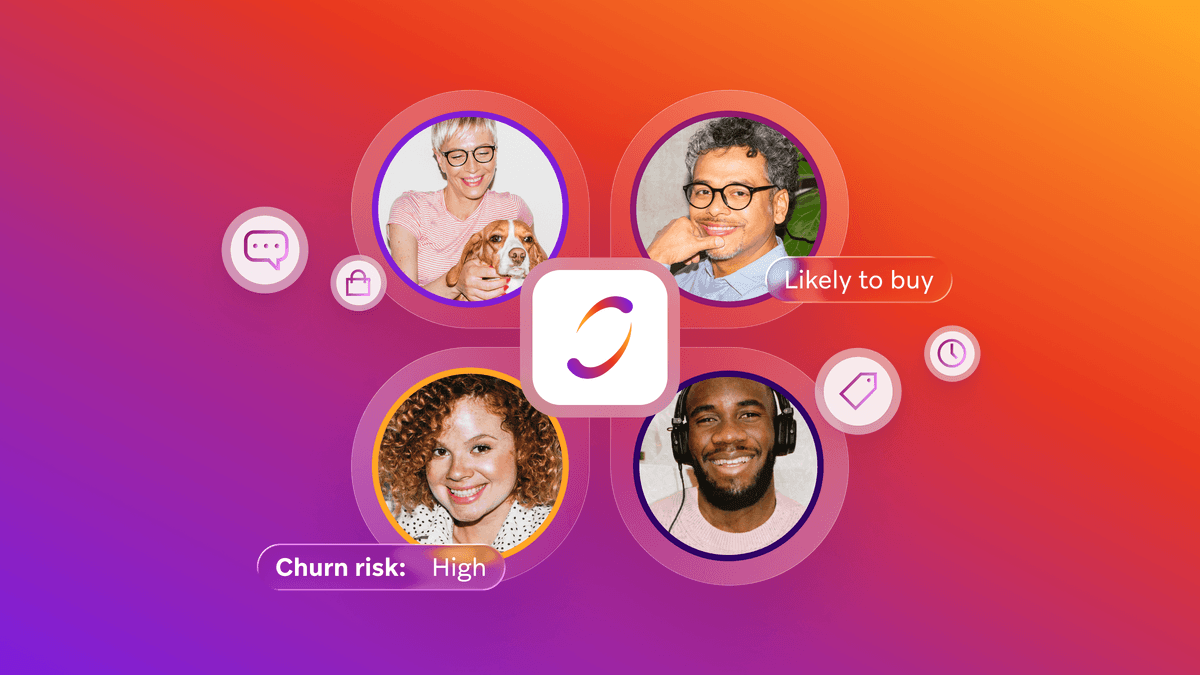
AI customer segmentation: Smarter targeting through predictive insights
